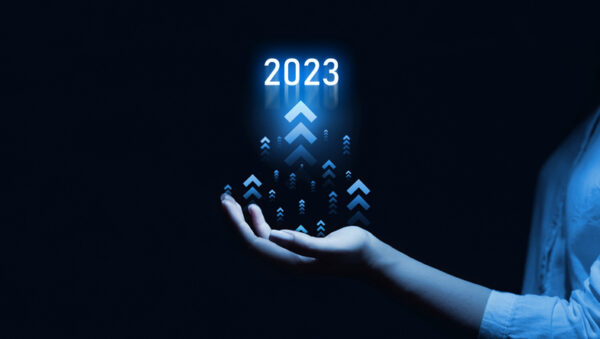Contributor: Bo Bandy, SVP of marketing, GM Digital, Marketron
The 11th annual RAB-Borrell digital benchmarking report for radio didn’t disappoint with its insights for the industry. Of those, the projection for radio digital advertising hitting $2 billion in 2023 certainly deserves attention. The revenue generated by this segment is impressive. In 2022,19% of total ad revenue was from digital advertising sales. So, what does this new growth mean for radio?
Breaking the $2 Billion Mark
In 2022, radio stations’ digital advertising sales were strong, up 21.1% over 2021. The same tide of growth will drive the 2023 number across the $2 billion threshold. Digital sales are a great complement to linear ads and can help make up some of the difference since OTA (over-the-air) spots will likely stay flat or have a minimal increase from 2022, where political advertising helped raise the demand.
There are many factors at play regarding any advertising sales. There’s economic uncertainty, no “boosted” events like political cycles, and a changing dynamic in how businesses create ad mixes that provide both reach and targeting. The future of radio advertising must include the digital component for stations to emerge as the preferred local advertising hub for any market.
Here are a few takeaways for radio sales managers to keep in mind:
- Track the percentage of sales that come from digital and monitor its growth. If it’s stalling, it could reflect that sellers need more support for pitching omnichannel campaigns. It could also indicate that ad buyers aren’t aware of your portfolio of offerings.
- Use technology that makes cross-channel proposals easy, so sellers always deliver to advertisers integrated campaigns that include linear and digital.
- Increase digital ad sales by first focusing on expanding relationships with current clients and then pivoting to specific industries where sellers have expertise and advertisers are spending more and make up a significant part of your market.
The report takes the pulse of the local radio buyer to go deeper into these numbers.
The Local Radio Buyer Perspective
The good news is that of those buyers who participated in the survey, more plan to increase their budgets in 2023. In 2022, 88% of local radio advertisers purchased some form of digital media. They ranked SEM (search engine marketing) and social media advertising as the most effective of the many tactics.
In 2023, some advertisers acknowledged they would cut some or all radio spots. They are putting that money into streaming audio, mobile messaging, in-app ads, SEM and streaming video. It shows a strong drive toward diversification of tactics. However, not all these are going to make an impact on sales revenue. The areas that will are those tactics buyers find effective — SEM and social media.
This section of the report also reveals several things radio marketing professionals need to improve. Radio managers stated that less than one-third of their radio buyers purchase digital from them.
What does radio need to do to meet the needs of local businesses?
- Focus on SEM and social media advertising as key elements in the marketing strategy created. Show advertisers that you can deliver these tactics with winning results.
- Create an awareness campaign, using linear and digital, to market your station’s advertising services.
- Upskill your sellers on all digital tactics, emphasizing how to sell SEM and social media advertising.
How Sales Leaders Feel About Seller Effectiveness
More radio managers indicated that they have a good or better digital strategy. There was some decline in those citing their plans as “brilliant,” which could be attributable to growth rates. The industry has taken two paths toward improving digital selling — training existing salespeople and/or hiring digital-only ones.
Radio sales teams have increased their training, with more receiving this weekly than monthly. Regular training that grows a seller’s knowledge of tactics and how to handle customer objections will make them better marketing professionals. Consistency around training directly correlates to how impactful it is to selling activities and servicing their advertisers.
For those managers hiring digital-only salespeople, there is an opportunity to have someone well versed and ready to go. They can also be a resource for nondigital sellers looking to improve their digital acumen. Leveraging both continuous training and digital SMEs (subject matter experts), the concentration of current radio customers buying digital will increase and broaden.
Final Thoughts on the Data: Find Opportunities Ahead
These three areas spell out that challenges exist, but solutions do, too. As a media company, radio is evolving as the market and its customers are. It’s important to meet advertisers where they are with the right products, strategy and positioning.
The year ahead will likely be brighter as consumer confidence remains high and recession talk dwindles. Having an informed, savvy sales team is and will continue to be critical to growing all ad revenue for stations and sales revenue for advertisers.
Radio marketing professionals can check out the report in full for more insights on how to inch closer to being part of that $2 billion mark.


